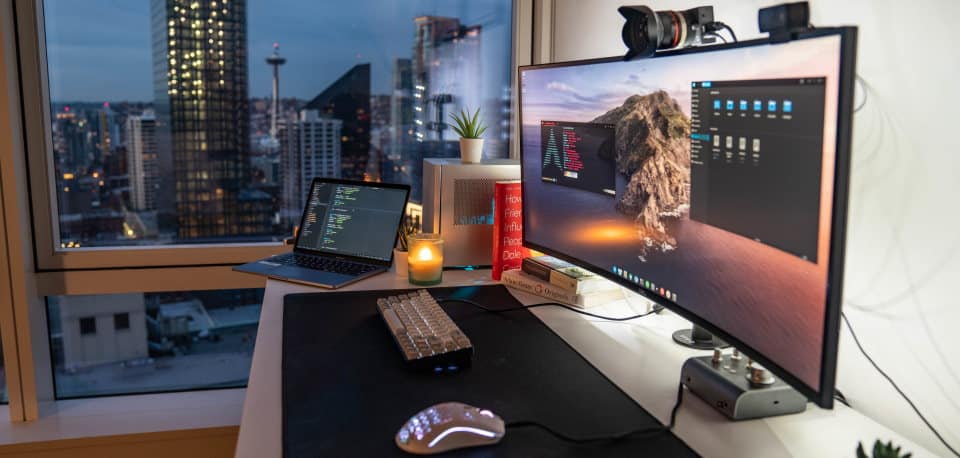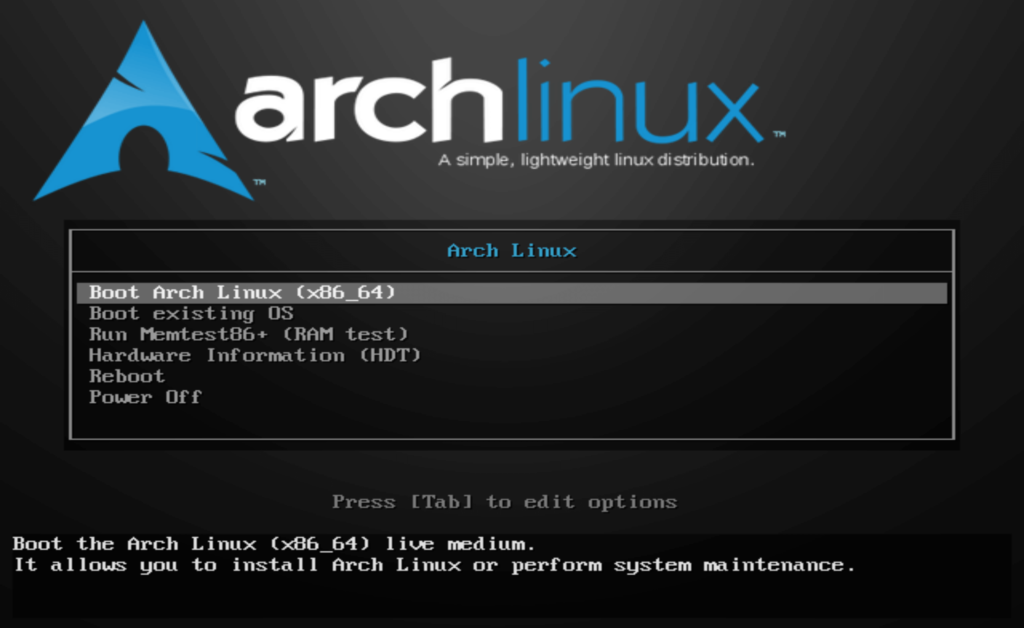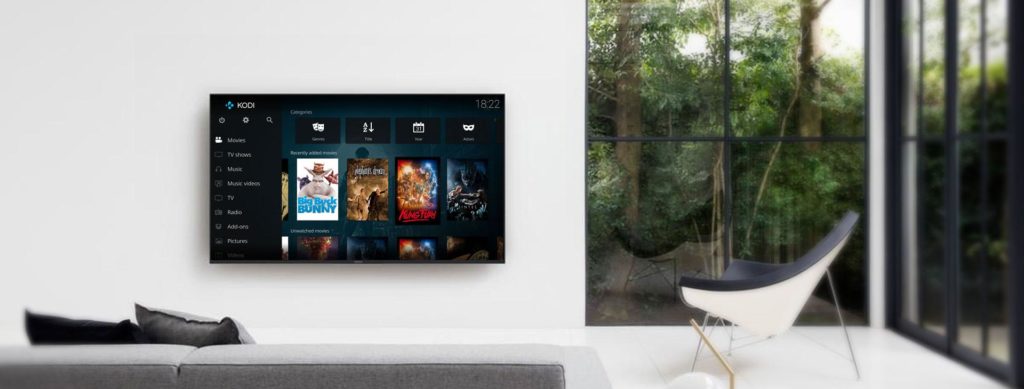1. Use Linux on Your Personal Computer
Using Linux on your personal computer is by far the simplest project you can embark on. You will be forced to find alternatives to your favorite Windows and Mac applications, figure out how to get older or more obscure hardware devices to work correctly, and stop being afraid of the terminal.
If you’ve never used Linux as your main operating system before, we recommend you start with a beginner-friendly distribution. Here are three popular options:
- Ubuntu: Out of all Linux distributions, Ubuntu enjoys the largest market share because it’s both easy to use and powerful. Its community is extremely active, so finding advice online is no problem.
- Linux Mint: Based on Ubuntu, Linux Mint offers out-of-the-box support for common audio and video codes. There are several editions of Linux Mint to choose from, and the most popular edition features a desktop environment, called Cinnamon, that should feel familiar to all Windows users.
- elementary OS: Inspired by the look and feel of macOS, elementary OS is a beautiful Linux distribution that provides a cohesive experience, a pay-what-you-want app store for indie developers, and a level of polish you might not expect from a free operating system.
2. Build Your Own System from the Ground up
With Linux, you get the freedom to build your own operating system from the ground up, choosing each and every individual part based on your personal preferences and needs.
You can start with a lightweight and flexible distribution like Arch Linux, whose installation is well-documented on its official wiki. In its basic form, Arch Linux doesn’t even contain a desktop environment, but you can install any desktop environment you want using Pacman, a package manager that combines a binary package format with a flexible build system.
When you learn how to install, administer, and use a lightweight Linux distribution like Arch Linux, you can graduate to something even more exciting: Linux From Scratch.
Linux From Scratch is a learning project that provides step-by-step instructions for building your own Linux distribution from source code, which can teach you a lot about how a Linux system works internally. Linux From Scratch can theoretically be installed on just about any computer, but it’s convenient to install it in a virtual machine so that you can easily create backups and recover from them when you mess something up.
3. Create a Smart Magic Mirror
The problem with most DIY projects is that they look like, well, DIY projects. But that’s not the case with this smart magic mirror. Based on an open source modular smart mirror platform called MagicMirror² and the Raspberry Pi single-board computer, this elegant Linux project lets you create a mirror so smart that even Tony Stark would envy you.
While the project may look complicated, there’s no reason to feel intimidated by it at all. You simply need to hook up a display to a Raspberry Pi, install MagicMirror², and configure everything to your liking. You then put a sheet of two-way mirror glass in front of the display to create the illusion of text and images coming directly out of the mirror itself.
If you don’t have a spare display laying around, you can purchase a laptop screen on eBay for around $50 and use a compatible controller board to connect it to the Raspberry Pi. This YouTube video by DIY Perks does a fantastic job of explaining how to put everything together.
Of course, it helps a lot if you already own some basic hand and power tools, but you can create a magic mirror (or at least a smart display) even without them.
4. Set Up a Linux Home Entertainment System
There are many Linux-based home entertainment center distributions with support for all common and not-so-common multimedia file formats, streaming, visualizations, retro game system emulation, and many more exciting features.
Most Linux-based home entertainment center distributions feature Kodi, a free and open source media player software application developed by the XBMC Foundation. Kodi is designed to look and feel great on large TVs, allowing users to play videos, listen to music and podcasts, view photos, and play content from local and network storage media as well as the internet.
Some of the most popular Linux-based home entertainment center distributions with Kodi include OSMC, OpenELEC, and LibreELEC. It doesn’t really matter which distribution you try first because the differences between them are not huge.
What matters a lot more is your choice of hardware components. The Mini-ITX form-factor is especially popular for its compact size. It’s typically best to avoid ultra-high-performance components because of the amount of heat they generate. You can even buy a used laptop and turn it into a power-efficient home entertainment center.
5. Set Up a Web Server
If you aspire to become a Linux server administrator, setting up a home web server is the best learning experience you can get. Unless you choose to do everything from scratch, you should be able to get your first web server up and running in less than a day because running a basic web server on Linux boils down to four components (the so-called LAMP stack):
- Linux: the operating system itself.
- Apache: free and open-source cross-platform web server software.
- MySQL: an open-source relational database management system.
- PHP/Perl/Python: a server-side programming language.
You can follow our tutorial for setting up a Debian 10 LAMP server for PHP web development and adapt it to your distribution.
Once you have a functioning web server, you can set up port forwarding on your router to access it from anywhere. From there, you can install a content management system like WordPress or choose from our selection of self-hosted software development tools.





